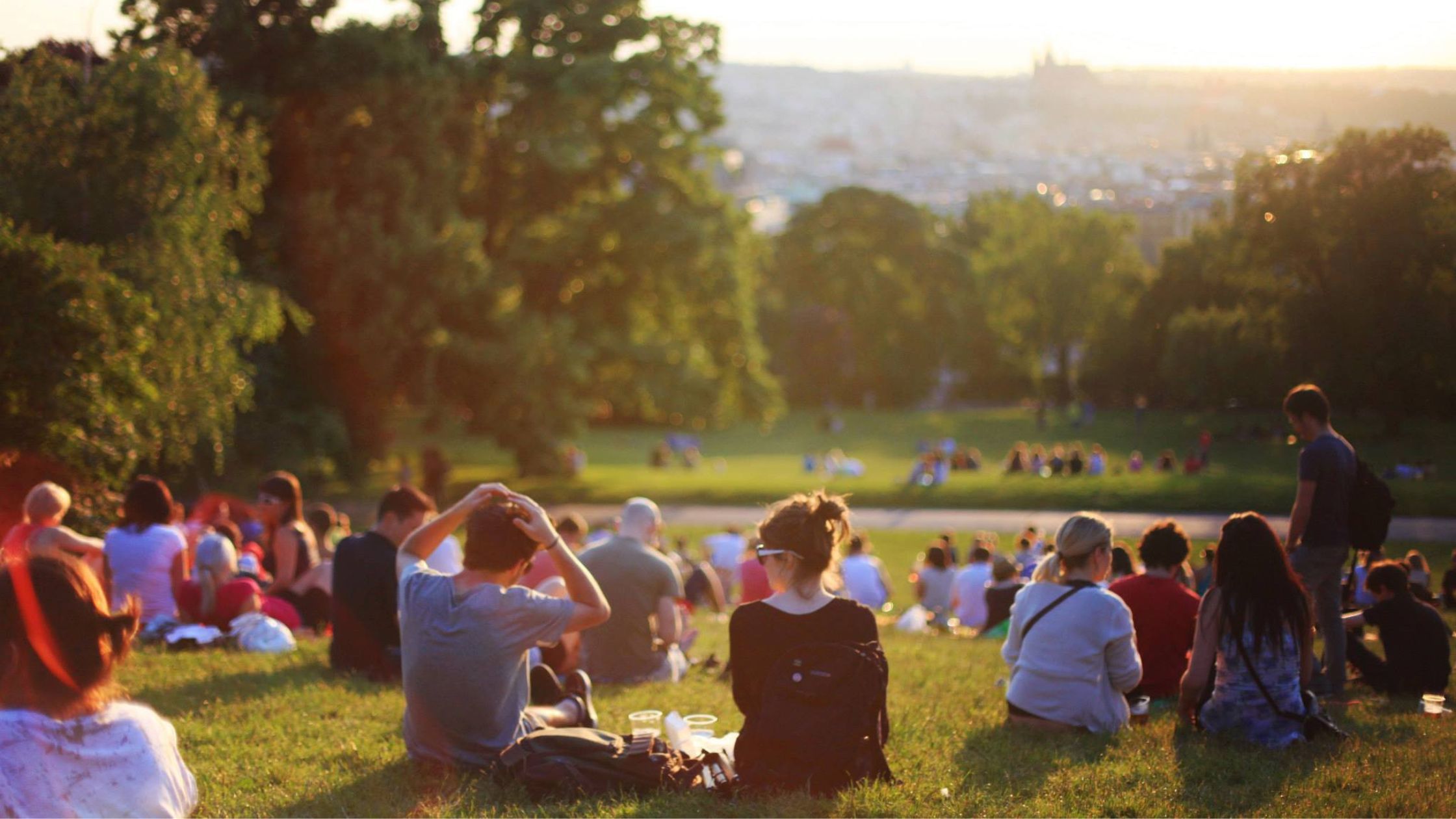Everyone is part of at least one community, which is where you live. Many are part of other communities as well, depending on who and what you affiliate with. This could be a sports league, religious group, Boy Scouts, Associations, a charity or any number of things. Any way you cut it though, being a part of communities is important to your social and mental health.
And like most things, the more involved you are in your community, the more you and the community benefit. This reciprocal relationship strengthens the community over time.
In this series of articles we will explore local communities on a macro level, emphasizing the importance of belonging where you live. This discussion is particularly pertinent now, as many communities face significant challenges: communities are not thriving like they used to.
For instance, by 2028, a staggering 50,000 retail stores will close (about 5% of existing retail stores in the US), primarily benefiting big box retailers like Walmart, Costco, Target, and likely online giants like Amazon.
In 2023, on average 2.5 local media outlets closed in the US, up from 2.0 per week in 2022. In 2005 there were 9,000 media outlets in the US and sometime in 2024, that number will hit 6,000.
Finally, while donations decreased by 13% in 2022, food insecurity (as one example of local social issues) was up 25% that same year.
Four Stakeholders in Local Communities
Local communities consist of four key stakeholder groups. The health and vibrancy of a community depend on the well-being of each of these stakeholders.
Who are the four stakeholder groups?
- Residents
- Local Media
- Local Business
- Community Charities and Associations
In subsequent articles, we will dive further into the relationship between each of these key stakeholders, but let’s start with residents.
Key Stakeholder #1: Residents
Residents are the engine of the community. Their involvement and support are crucial for the other three stakeholder groups to thrive. Residents can make a huge difference by actively supporting local businesses, media, and charities.
If residents do not support local businesses, these businesses wither, leading to deserted main streets while large corporate stores on the outskirts prosper. Similarly, if residents do not support local media, communities become ‘news deserts,’ losing essential local journalism. This absence can lead to unchecked local governance and a lack of accountability for politicians, among other things. Moreover, residents must recognize the increased needs within their communities, especially as resources for charities and social safety nets become scarcer. Individual efforts, such as supporting local charities and businesses, attending town meetings, and participating in neighborhood events, can have a significant positive impact. This means that together, as a collective power, residents can help create a robust and vibrant community – as long as they stay community focused and understand the value of their choices of where to spend time, money and attention
There is hope for every community. In an era dominated by Amazon, big box stores, and social media platforms like Meta, Google, and TikTok, fostering vibrant communities is more challenging but very possible. The world has always experienced change and most communities come through it everytime. But with the pace of technology accelerating change, communities could benefit from having technology tools built for them to more easily adapt, overcome challenges and thrive. We know this can happen because communities are made up of people and the human spirit is resilient.

